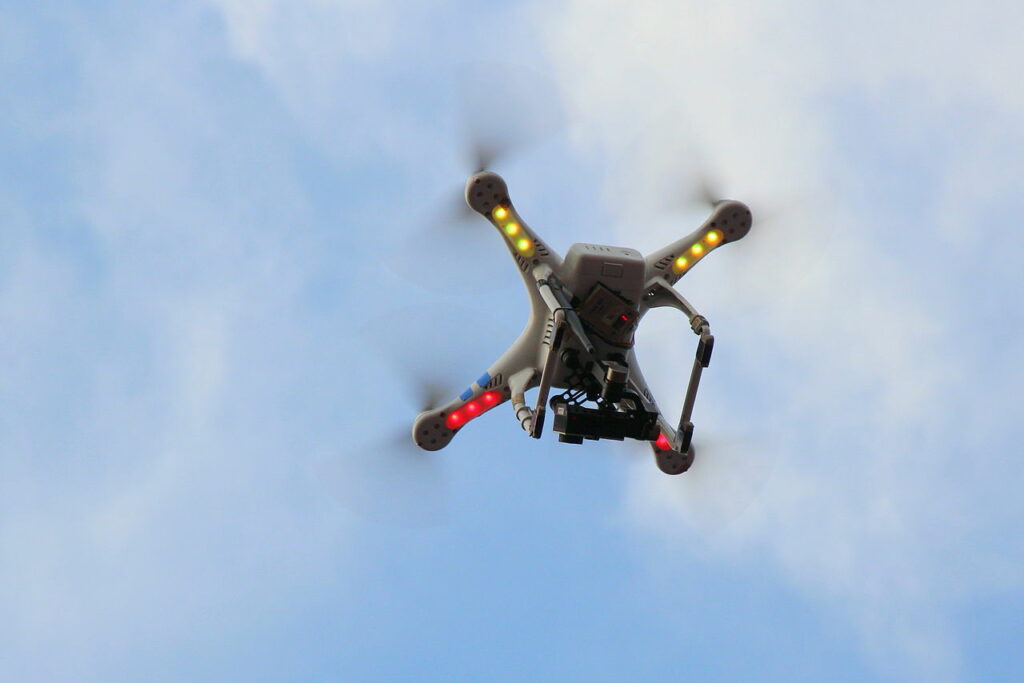WhiteFox Defense joins the FAA’s Airport UAS detection and mitigation research program in Atlantic City and Seattle. Drone sightings near airports are on the rise, and the risk to those in the air is very real.
The Federal Aviation Administration (FAA) selected WhiteFox Defense to join their program testing the most effective drone detection and mitigation technologies.
In an important effort to protect airports, passengers, and crews from unauthorized drones, the FAA’s National Security Programs and Incident Response section is testing drone detection technology.
This technology aims to provide greater airspace awareness without disrupting other elements of the National Airspace System (NAS).
Initial testing took place at Atlantic City Airport, home of the FAA’s William J. Hughes Technical Center, before expanding to additional airports around the country.
“We are honored to be a part of this program and look forward to assisting the FAA in securing our airports,” says Luke Fox, WhiteFox CEO.
WhiteFox’s technology is leading the way in non-disruptive drone airspace security, and the company is no stranger to airport detections.
The company’s data was featured in the Wall Street Journal after detecting over 1,200 flights in a single month in LAX airspace.
UAV’s and air safety
Drones, also known as unmanned aerial vehicles (UAVs), can pose a serious risk to aviation safety if they are flown near airports. Here are some of the main problems:
[monsterinsights_popular_posts_inline]
Collisions with aircraft
Drones can collide with aircraft in flight, which can damage or even bring down the aircraft. This can result in loss of life and property damage.
Disruption of airport operations
When drones are spotted near airports, the airport may be forced to shut down or divert flights to other airports until the threat has been neutralized. This can cause delays and cancellations that inconvenience passengers and disrupt the airport’s operations.
Violation of airspace regulations
Flying drones near airports is often illegal and can result in fines or other penalties. Additionally, it can be difficult for authorities to track down the operators of the drones, making it harder to enforce the regulations.
Interference with air traffic control
Drones can interfere with air traffic control communications, making it difficult for pilots to communicate with the control tower.
In response to these problems, airports and aviation authorities around the world have implemented measures to prevent drones from entering restricted airspace.
These measures include using detection technology, establishing no-fly zones around airports, and imposing penalties for violations.
According to the Federal Aviation Administration (FAA), the number of drone sightings by pilots, air traffic controllers, and citizens has increased significantly in recent years.
The most common locations for drone sightings near airports were at altitudes between 400-500 feet (about 122-152 meters) and within five miles of an airport.









